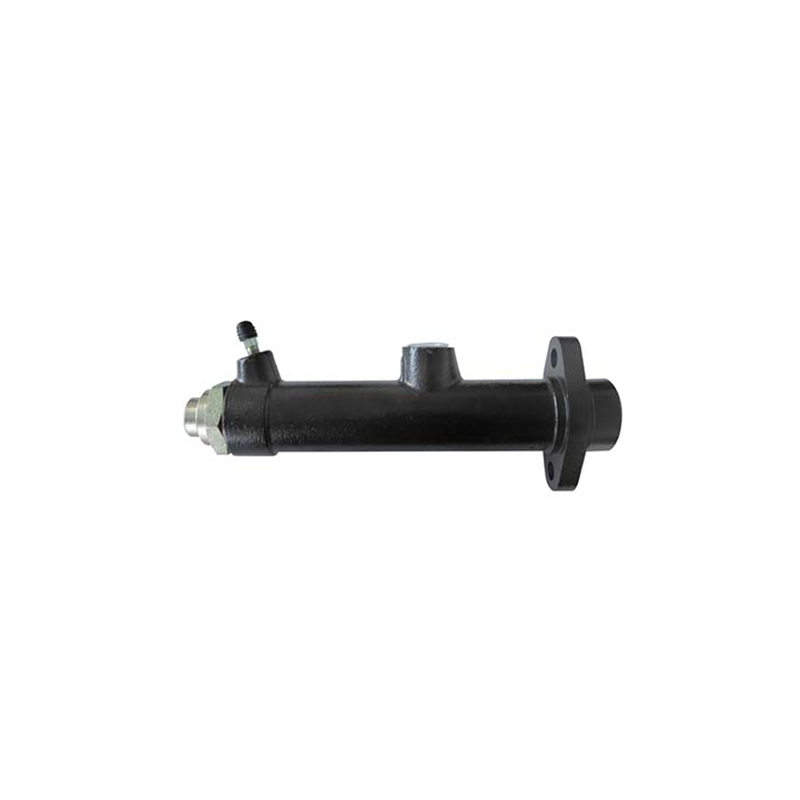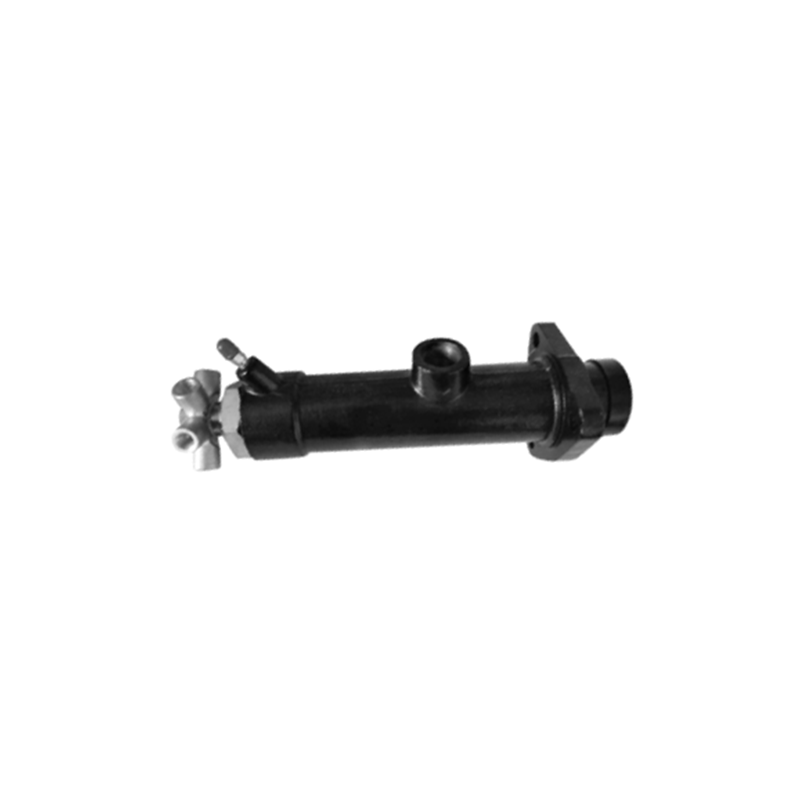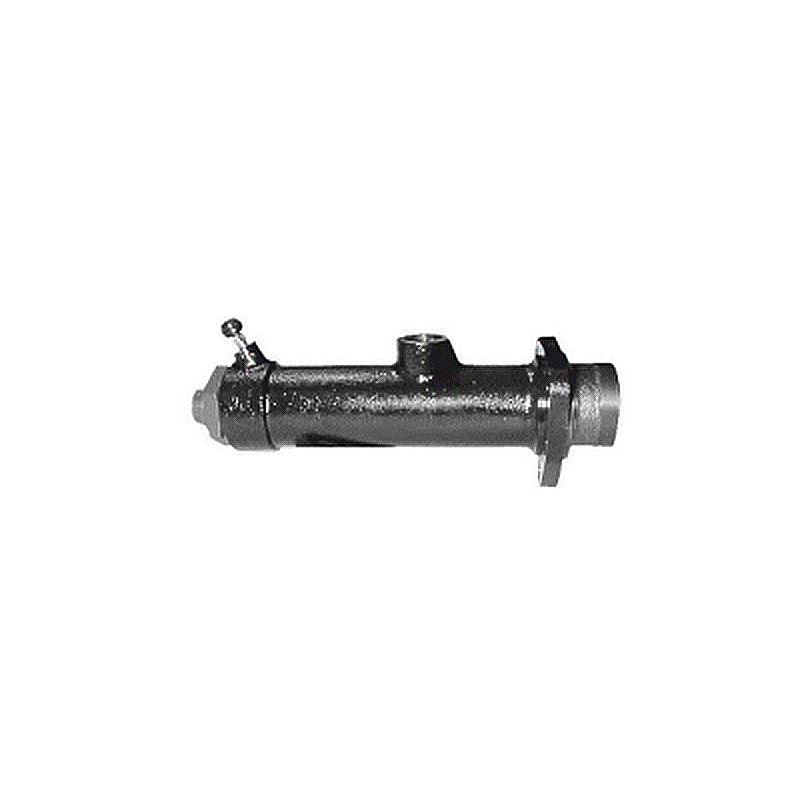
You may notice a spongy brake pedal, reduced braking power, or a brake warning light when your brake master cylinder fails. Brake fluid leaks or dirty fluid also signal trouble. Early detection keeps you safe and helps your truck perform well. Quick repairs stop damage and save money.
Key Takeaways
- Watch for signs like a spongy brake pedal, reduced braking power, brake warning lights, or visible fluid leaks to catch brake master cylinder problems early.
- Regularly check brake fluid level and condition, and perform simple pedal tests to help diagnose issues before they become dangerous.
- Always fix brake problems promptly and seek professional help if unsure, because safe brakes protect you and everyone on the road.
Brake Master Cylinder Symptoms in Heavy Trucks

Spongy or Sinking Brake Pedal
You may notice that your brake pedal feels soft or spongy when you press it. Sometimes, the pedal sinks slowly to the floor even if you keep steady pressure on it. This symptom often means air or moisture has entered the brake system. A faulty brake master cylinder can cause this problem. When the seals inside the cylinder wear out, they let fluid bypass instead of building pressure. You should never ignore a spongy pedal because it can make stopping your truck much harder.
Tip: If your brake pedal does not feel firm, check the brake master cylinder first.
Reduced Braking Power
When your truck takes longer to stop or you need to press the pedal harder than usual, you may have reduced braking power. This symptom can put you and others at risk, especially when driving a heavy truck. The brake master cylinder plays a key role in creating the pressure needed for the brakes to work. If it fails, the brakes cannot respond as quickly or as strongly as they should. You might notice this problem most when carrying a heavy load or driving downhill.
Brake Warning Light Activation
Most modern trucks have a brake warning light on the dashboard. If this light turns on, it signals a problem in the braking system. The brake master cylinder can trigger this warning if it loses pressure or fluid. You should not ignore the brake warning light. It tells you to check your brakes right away. Sometimes, the light comes on with other symptoms, like a soft pedal or strange noises.
- If the brake warning light stays on, stop driving and inspect your truck.
- Look for other signs of brake trouble before continuing your trip.
Visible Brake Fluid Leaks
You might see brake fluid leaking under your truck or around the brake master cylinder. Brake fluid looks clear or slightly yellow and feels slippery. Leaks often mean the seals or connections in the cylinder have failed. When fluid escapes, the system cannot build enough pressure to stop the truck safely. Always check for leaks if you notice a drop in brake performance.
Note: Brake fluid is toxic. Clean up spills right away and avoid skin contact.
Contaminated or Low Brake Fluid
Low or dirty brake fluid can also point to a problem with the brake master cylinder. You should check the fluid level in the reservoir often. If the fluid looks dark, cloudy, or has debris, it may be contaminated. Contaminated fluid can damage the cylinder and other brake parts. Low fluid levels often mean there is a leak somewhere in the system. Both issues can lead to brake failure if not fixed quickly.
| Symptom | What You Should Do |
|---|---|
| Spongy brake pedal | Inspect the master cylinder |
| Reduced braking power | Test brake response |
| Brake warning light | Check system for problems |
| Visible fluid leaks | Find and repair leaks |
| Low or dirty brake fluid | Replace or refill fluid |
Diagnosing the Brake Master Cylinder

Visual Inspection for Leaks and Damage
Start your diagnosis with a careful look at the brake master cylinder. You should check for any signs of brake fluid leaks around the cylinder and the connections. Look for wet spots, stains, or puddles under your truck. Examine the cylinder body for cracks, rust, or other damage. If you see any leaks or damage, you need to address the problem right away. Leaks can lower brake pressure and make your truck unsafe.
Tip: Use a flashlight to see hidden areas around the brake master cylinder. Clean the area first to spot new leaks more easily.
Pedal Feel and Response Test
Next, test how the brake pedal feels when you press it. Sit in the driver’s seat and press the pedal with steady force. The pedal should feel firm and stop at a certain point. If the pedal feels soft, spongy, or sinks slowly to the floor, you may have a problem with the brake master cylinder. A healthy system gives you a quick, solid response. Any change in pedal feel can signal trouble.
- If the pedal feels normal, your master cylinder may still work well.
- If the pedal feels odd, you should continue with more tests.
Checking Brake Fluid Level and Condition
Open the hood and find the brake fluid reservoir. Check the fluid level against the marks on the side of the reservoir. The fluid should reach the "MAX" line. If the level is low, you may have a leak. Look at the color of the fluid. Fresh brake fluid looks clear or light yellow. Old or dirty fluid looks dark or cloudy. Dirty fluid can harm the brake master cylinder and other parts.
| Fluid Condition | What It Means | What To Do |
|---|---|---|
| Clear/Light | Normal | No action needed |
| Dark/Cloudy | Contaminated | Replace fluid |
| Low Level | Possible leak | Inspect for leaks |
Note: Always use the correct type of brake fluid for your truck. Mixing types can damage the system.
In-Cab Functional Test
You can perform a simple test from inside the cab. With the engine off, press the brake pedal several times. Hold the pedal down and start the engine. The pedal should drop slightly as the brake booster kicks in. If the pedal does not move or feels weak, the brake master cylinder may not work properly. This test helps you check if the system builds and holds pressure.
Bench Test for Brake Master Cylinder
If you remove the brake master cylinder from your truck, you can perform a bench test. Place the cylinder in a secure spot. Fill it with brake fluid. Use a tool to push the piston in and out. Watch for smooth movement and check for leaks from the seals. If you see fluid leaking or the piston sticks, the cylinder needs repair or replacement. This test gives you a clear answer about the cylinder’s condition.
When to Seek Professional Help
Some brake problems need expert attention. If you cannot find the cause of the issue or if you feel unsure about any step, contact a professional mechanic. Brake systems in heavy trucks are complex and vital for safety. A trained technician can use special tools and knowledge to diagnose and fix the brake master cylinder. Never take risks with your truck’s brakes.
Post time: Jun-14-2025





